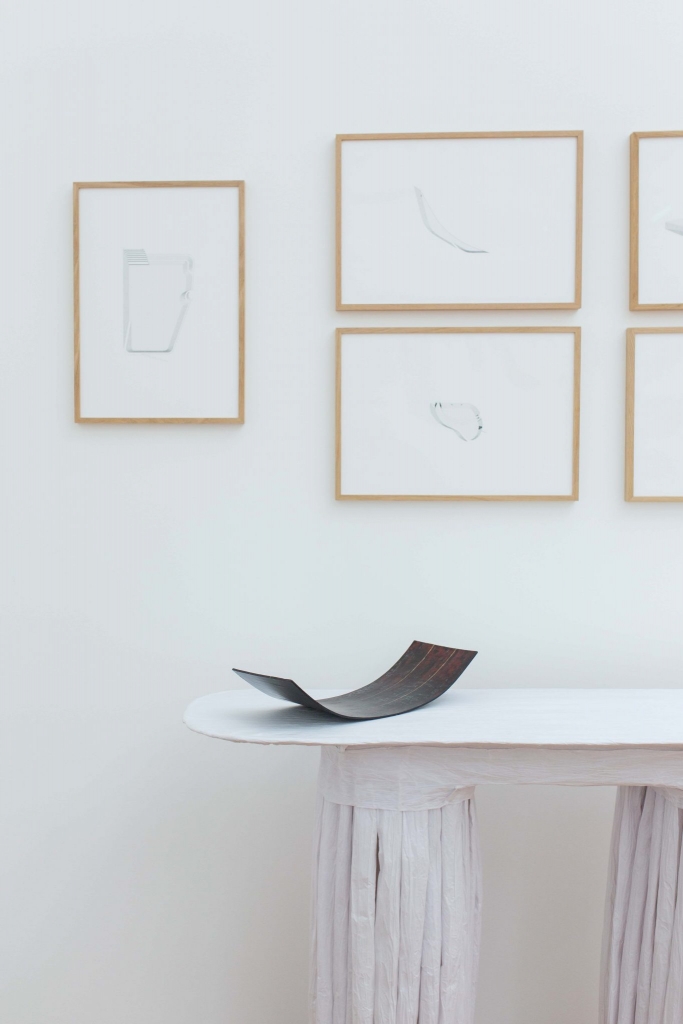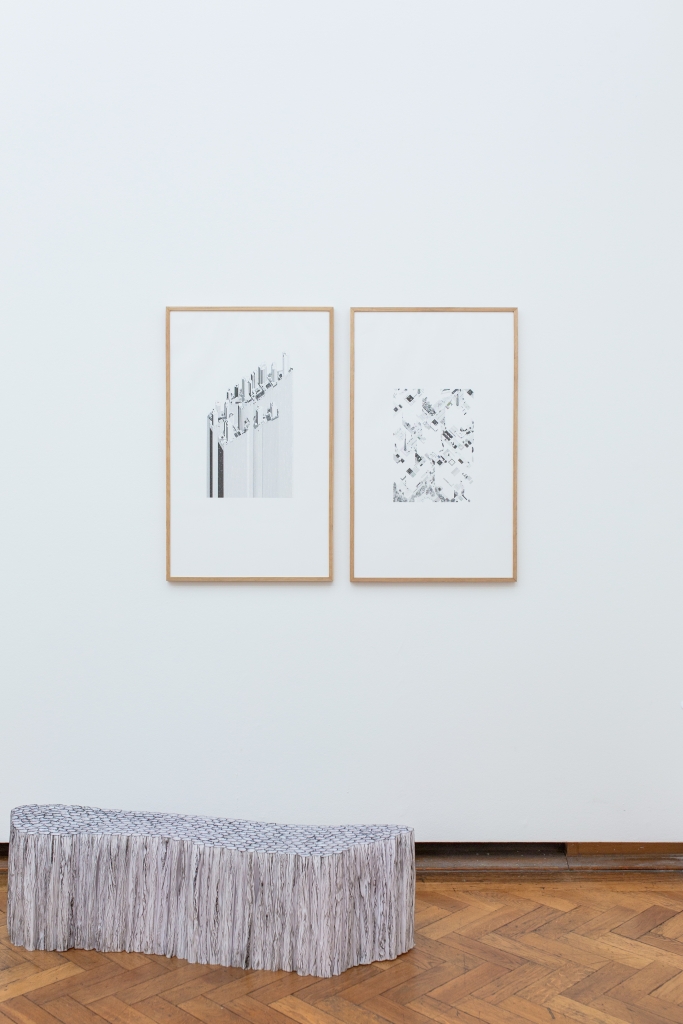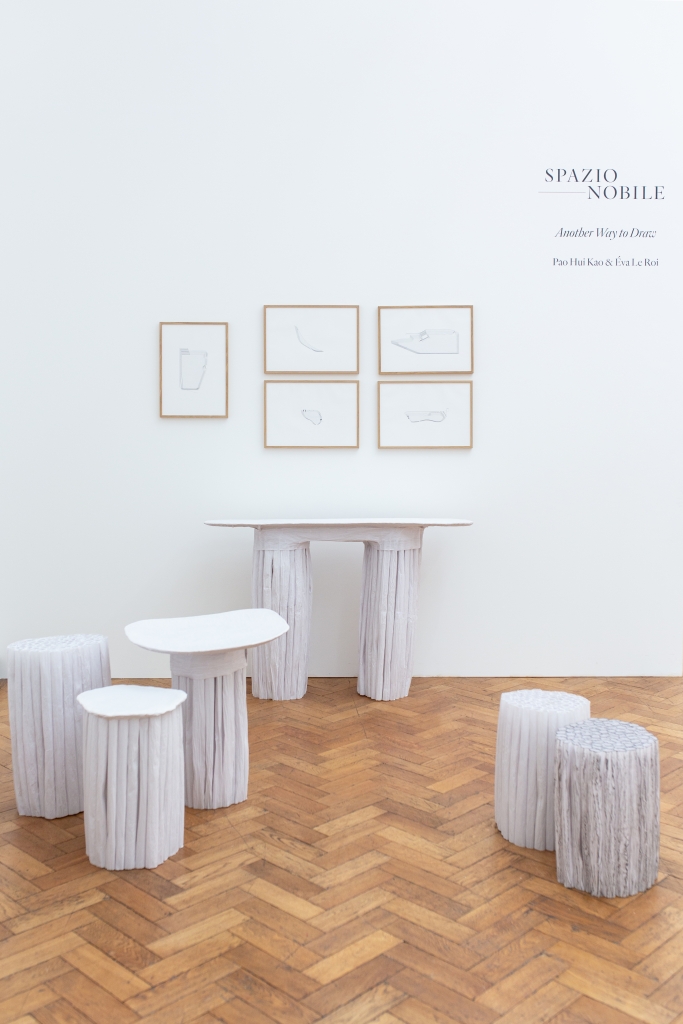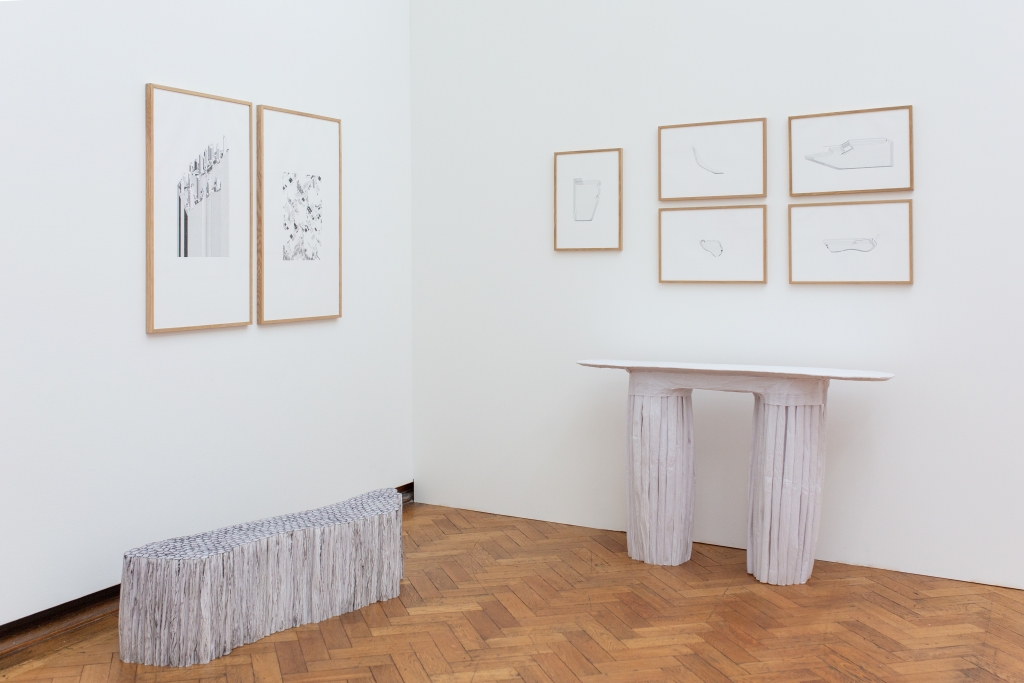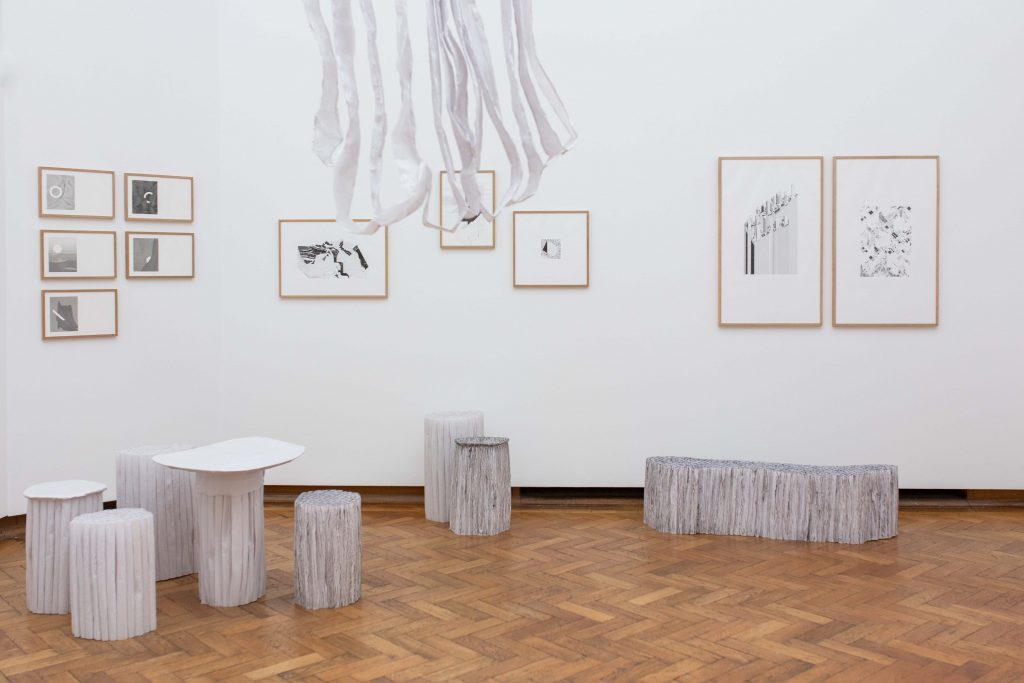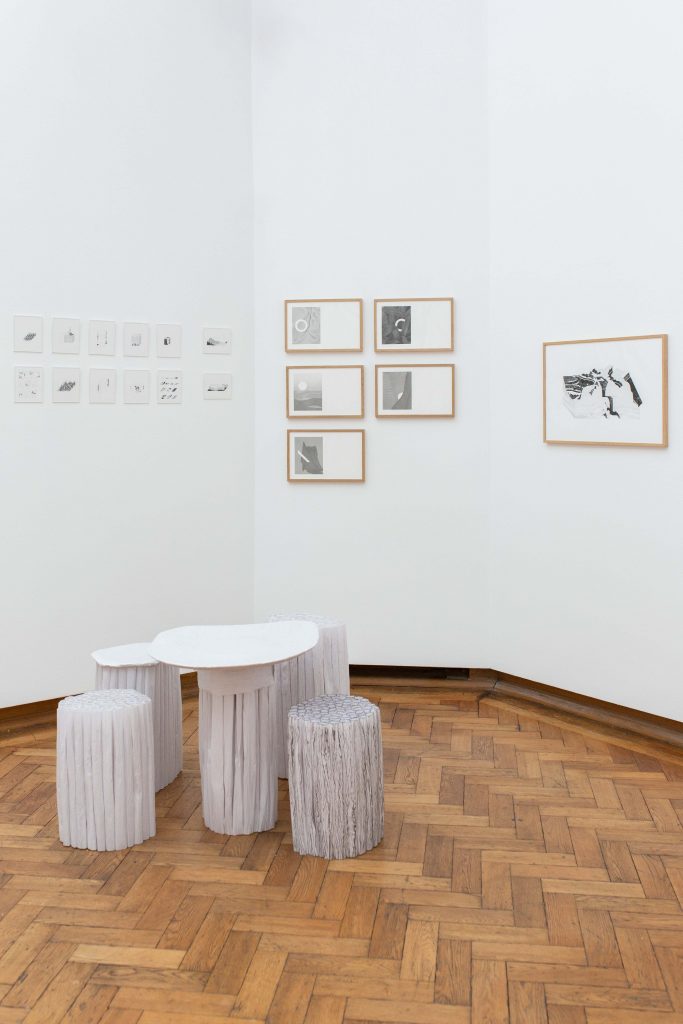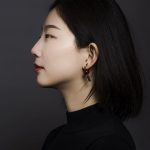Pao Hui Kao (TW)
Artist Designer
“My work is like a demonstration of a never-ending process of experimentation with raw materials. My background in Industrial Design taught me about the manufacturing process and practical knowledge of materials I use, and through my master’s degree in Contextual Design from the Design Academy in Eindhoven, I’ve learnt to develop my own methodology of material analysis. With these skills I am able to translate the relationship between my thought as a maker and the materials into design objects. During the journey of material development, I’ve learnt to respect the quality and properties of materials by understanding what it wants to be instead of killing it with the wrong design proposal. Like my paper work, the material is made of fibre and maintains biological features of trees. Water is a perfect trigger to prompt its self-shaping ability. By controlling key elements of the papermaking process, such as humidity and drying temperature, I try to push paper to achieve certain shapes and textures. It’s almost like I’ve learnt how to team up with the material to design the object. The main topics of my design in general are always material related. I consider myself to be a material researcher, and to be curious about all kinds of materials has become a part of my life. I have collaborated with global companies and organisations for design projects with different materials as starting point, and I accept any kind of materials as the topic without any preconceived notions. To me, it’s just like a journey full of surprises instead of precise planning. Paper, leather and concrete are three very basic raw materials in modern-day. I have always been interested in the back stories of different materials and how standard processes can transform these materials into our daily products. The methodology of my experiment is to break the rules, to explore the possibilities of materials by using «non-standard» or even «wrong» ways during the process. The information that is documented during these experiments becomes fodder for my next step. All the random results that come from the disorder in this process inspires me to dig deeper and attempt crazier things. It’s almost like I am doing a never-ending experiment.
I was able to visit various types of recycling systems while I was working in a company focused on dealing with environmental issues. I have witnessed how fast design can damage the environment and a lot of eco-friendly design is just in the «concept» stage. The experience motivates me to become a material-oriented object maker and a designer with sustainability as first priority. It is very important for me to understand the material I use and deal with it with honesty. At this stage, the idea of my design is to focus on the beauty and possibilities of the material itself. The objects might decay fast compared to industrial products, but I am sure none of my work will turn into non-recyclable waste and become the burden to the planet. However, I definitely want to explore and develop more ways to make my work sustainable and durable. For instance, my new work in progress is involving Urushi, a traditional technique that uses tree liquid as paint and the paint can last for a very long time. Although this will be difficult to turn this project into a working reality, I want to tyr and to introduce the beauty of the material to the public, and I hope to bring some new perspectives about the relationship between objects and materials.”
Extract from the interview with Pao Hui Kao, TLmag 33 AW 2020, The New Age of Humanism
Éva Le Roi (FR)
Artist & Illustrator
“My work is something of a compromise between my artistic interests and projects from engineering and architectural firms. As a student, I saw the city as a shape to explore, a receptacle of social, human and political complexity. My current work involves concrete assignments, such as project previews and communicational images, but also open concepts where I am responsible for giving shape to more speculative projects.Insofar as my style is centred on the concepts of material, perspective and geometry, my drawings have many parallels with architecture. My work is also connected to the idea of listening. To be able to translate certain issues by injecting into them a sensitivity specific to the discipline, it is essential to take the time to understand them properly.I do all my drawing by hand. It’s a slow and painstaking process that produces original works that I carefully conserve. Each drawing is an autonomous piece, independent from the work I deliver to the architectural firms. My clients completely respect my creative processes, even when this means long lead times. The open, innovative outside perspective I bring to their project enables them to advance or question certain elements. From my side, I shun the idea of frenetic production. Before launching into the physical drawing process, I need to let the project ripen and, sometimes, take a few liberties with reality. The time I give myself before picking up my pen is indispensable. What follows is almost a form of meditation.
This artisanal approach to drawing fits me perfectly. I like to think that my works are suspended, in an almost timeless way. . Last summer, with the support of WBDM, architect Pierre Burquel and myself were invited to take a look at the city of São Paulo. This was another fantasised vision linked to our identity as young Europeans. “Five Stories of São Paulo”, the book that resulted from this work, translated our desire to avoid taking a position regarding a city that we don’t know, but instead to tell stories using fictional representations. Until now, my personal work has always been solitary and silent. Social networks certainly enabled me to build good visibility outside of the architecture domain, but today, I want to mix my fascination with graphics with some other fields of exploration. I would like to participate in artist residencies and show my original drawings, particularly in galleries. My activity, which comprises contemporary design, art and architecture, doesn’t fit into a specific case. Happily, as my network grows, this hybrid position is better understood.”
Extract from the interview with Éva Le Roi, TLmag 33 AW 2020, The New Age of Humanism

